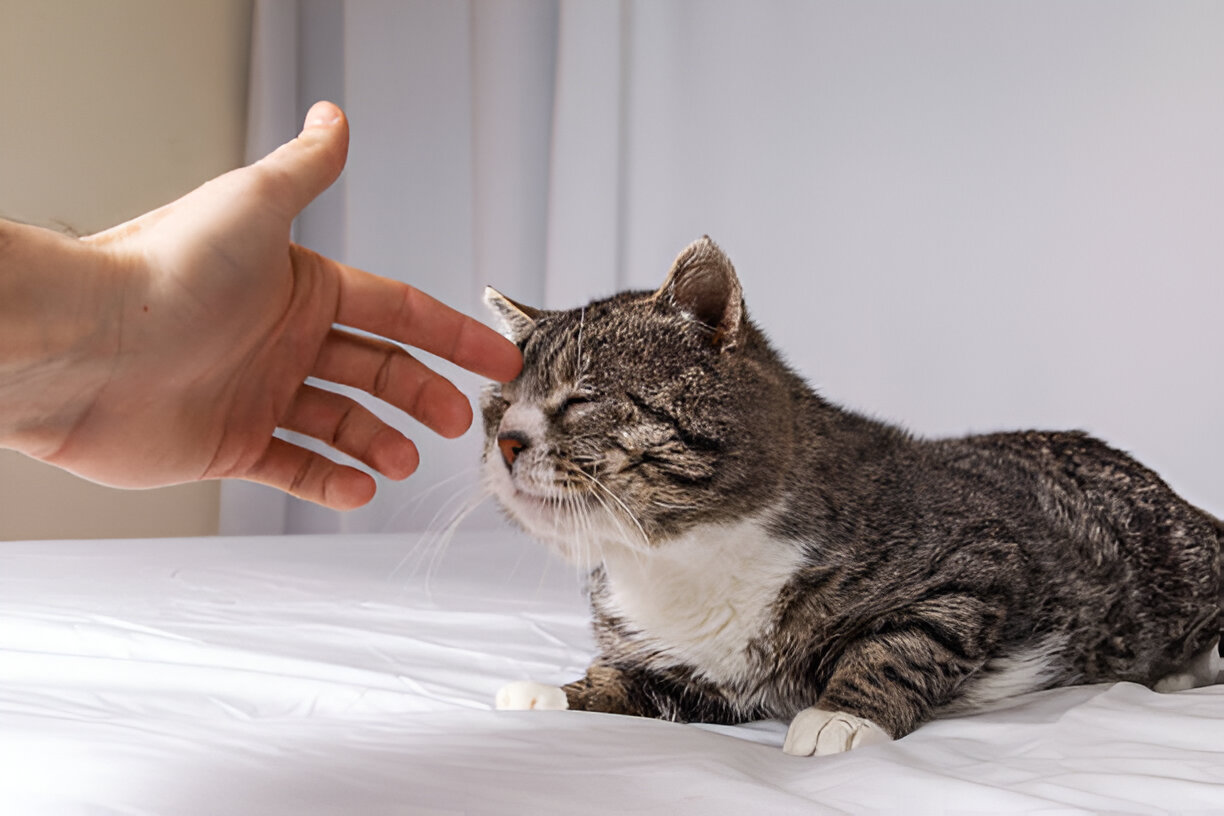Rabies Symptoms in Cats: Signs Every Owner Should Know
Table of Contents
Rabies Symptoms in Cats: Signs Every Owner Should Know
Keeping your cat safe from rabies starts with knowing the signs. The symptoms of rabies in cats can be hard to spot at first. This makes it very important to catch them early to protect both your cat and yourself.
Cats and rabies are a serious issue that needs quick action. The virus harms the nervous system, turning a friendly pet into a risk. Knowing the signs can help stop the spread of this deadly disease.
Key Takeaways
- Rabies is a fatal viral disease affecting cats and humans
- Early symptom recognition is critical for intervention
- Vaccinations provide the best protection against rabies
- Behavioral changes are often the first warning signs
- Immediate veterinary care is essential if rabies is suspected
Understanding Rabies in Cats: Essential Facts
Rabies is a serious health issue for cats and their owners. This deadly virus can harm both cats and humans. It’s important to know how cats get and spread rabies.
Cats and rabies have a dangerous link that pet owners need to know. The main way rabies spreads is through bites from infected animals. These animals often include raccoons, skunks, and bats.
How Cats Contract Rabies
Your cat can get rabies in a few ways:
- Direct bite from an infected wild animal
- Scratch from a rabid creature
- Exposure to infected animal saliva through open wounds
- Encounters with unvaccinated animals
Risk Factors for Feline Rabies
Some cats face a higher risk of getting rabies. Knowing these risks can help keep your pet safe:
- Outdoor cats are more likely to meet wild animals
- Cats in rural or wooded areas
- Unvaccinated pets
- Cats that often meet wildlife
Rabies Transmission Timeline
Understanding rabies in cats means knowing its timeline. The virus goes through stages from infection to symptoms, which can take weeks or months.
After a bite from a rabid animal, the virus moves through the cat’s nervous system. Your cat might not show signs right away. This makes it hard to catch the disease early.
Rabies Symptoms in Cats: Early Warning Signs
It can be hard for pet owners to spot rabies symptoms in cats. The early signs are often small and easy to miss. Knowing how to spot rabies in cats is key to keeping your pet and family safe.
Early signs of rabies in cats include:
- Unexplained behavioral changes
- Dramatic shifts in temperament
- Unusual aggression or extreme nervousness
- Noticeable alterations in vocalization
Your cat might show early signs that seem small but could be serious. Fever and loss of appetite are big warning signs. Watch for any sudden changes in your cat’s behavior.
| Early Rabies Symptom | Potential Indicators |
|---|---|
| Behavioral Changes | Increased irritability, sudden mood swings |
| Physical Symptoms | Slight fever, reduced appetite |
| Neurological Signs | Unexplained nervousness, altered vocalization |
Early detection of rabies symptoms can be life-saving for both cats and humans.
Vets say to get your cat to the vet right away if you see any of these signs. Quick action is vital to manage rabies risk and keep your pet healthy.
Advanced Signs of Rabies Infection
Rabies in cats gets worse and more serious as it progresses. It’s vital for pet owners to know the signs of cats and rabies infections.
The disease changes your cat’s behavior and body in a sad way. This change needs quick help from a vet.
Aggressive Behavior Changes
Rabies in cats shows up in big behavior changes:
- Unprovoked attacks on people or other animals
- Extreme irritability and heightened aggression
- Disorientation and unusual restlessness
- Excessive vocalization or unusual sounds
Physical Manifestations
As rabies gets worse, cats face terrible physical symptoms:
- Uncontrollable seizures
- Progressive muscle paralysis
- Difficulty swallowing
- Excessive salivation
- Drooping jaw and facial muscles
Final Stage Symptoms
In the last stages of rabies, cats will show:
- Complete paralysis
- Total loss of motor control
- Respiratory failure
- Ultimately fatal outcome
When these signs show up, the cat’s chances are very bad. Getting help from a vet is too late. This shows how important it is to vaccinate against rabies.
Prevention and Vaccination Guidelines
Keeping your cat safe from rabies starts with regular vaccinations. These shots are the best way to protect your cat from this deadly virus. Your vet will suggest starting these shots when your cat is about 12 weeks old. Then, they’ll need booster shots to keep their immunity strong.
Even indoor cats can face rabies risks. If your cat goes outside, even for a quick peek, they could get infected. It’s important to know the signs of rabies and take steps to prevent it. Make sure to visit your vet every year to keep your cat’s shots up to date.
It’s key to keep your outdoor areas clean and safe. Make sure to lock up trash and don’t leave food outside. This will help keep raccoons, bats, and foxes away. If you think your cat might have been exposed to a rabid animal, call your vet right away. Quick action can help prevent the spread of rabies and keep your pet and family safe.
Being a responsible pet owner means staying informed and careful. By focusing on vaccinations, watching your cat’s health, and knowing about rabies risks, you can protect your pet. Remember, it’s always better to prevent rabies than to treat it after it happens.
FAQ
What are the first signs of rabies in cats?
Early signs of rabies in cats include sudden changes in behavior. They might become more aggressive, lethargic, or irritable. You might also notice fever, loss of appetite, and more vocalization.
How do cats typically contract rabies?
Cats usually get rabies from bites by infected animals like raccoons and bats. The virus is in the animal’s saliva. It can spread through bites or open cuts. Outdoor cats face a higher risk.
Is rabies always fatal in cats?
Yes, rabies is almost always fatal once symptoms show. There’s no cure for advanced symptoms. Vaccination is key to prevent rabies and protect your cat and others.
How can I protect my cat from rabies?
Protect your cat with regular vaccinations and keep them indoors. Avoid wild animals and seal entry points. Vaccinations are the best way to prevent rabies.
What should I do if I suspect my cat has been exposed to rabies?
If you think your cat was exposed, isolate it and call your vet. Don’t touch the cat. Wear gloves if you must move it. Report the exposure to animal control. Your vet will guide you next.
Can humans catch rabies from an infected cat?
Yes, humans can get rabies from infected cats. It’s a serious public health risk. If bitten, wash the wound and seek medical help right away.
What are the advanced symptoms of rabies in cats?
Advanced symptoms include extreme aggression and seizures. Cats may also have paralysis and trouble swallowing. These signs mean the disease is fatal.
How long does it take for rabies symptoms to appear in cats?
Symptoms can appear in 2 weeks to several months. On average, it’s 3-8 weeks. But it can vary, making early detection hard.






